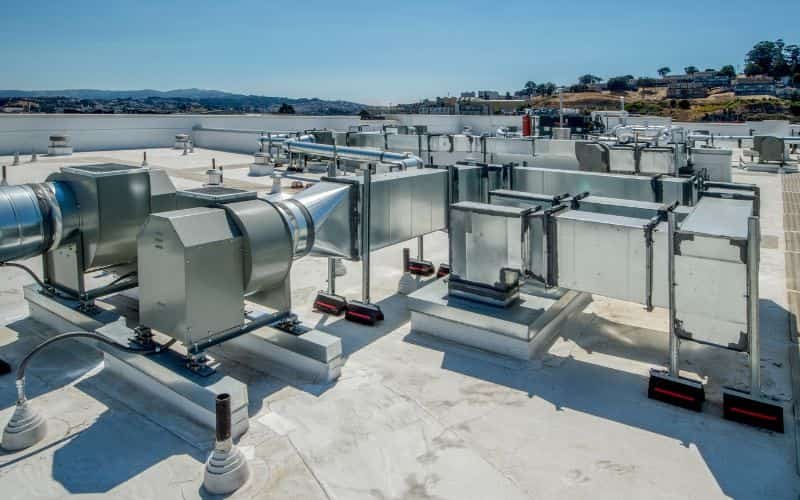According to the US Energy Information Administration, commercial HVAC systems typically use 51% of the energy used in a building.
This percentage probably amounts to a sizable sum of money for you and accounts for a sizeable portion of your budget, regardless of whether you run multiple retail and restaurant locations for a major corporation or just one. In this article we will tell you about the importance of Energy Efficiency in Your Commercial HVAC System, so please keep reading this article.
HVAC systems that are more modern, technologically advanced, and energy-efficient offer a number of benefits, such as tax incentives, higher levels of occupant comfort, and lower energy costs.
How is Energy Efficiency Measured?
A SEER, or Seasonal Energy Efficiency Ratio, is used to gauge how effective an air conditioner is, with higher values suggesting more energy efficiency. A heat pump’s or an air conditioner’s SEER rating tells you how well it works and how much electricity it consumes over the course of a season under significantly varied external circumstances.
There are a few crucial ratings to bear in mind while planning to improve or replace your building’s system, even if minimum SEER rating standards vary depending on where you are located:
For an air conditioner, the federally required minimum SEER value is 13.
Energy Star ratings require a minimum SEER value of 14.5 to be awarded.
For light commercial application, the minimal SEER rating is 15.
For split system and split package heat pumps, New York State mandates a minimum SEER of 14.
Is a Higher Rated Unit Really Worth the Investment?
A 14 SEER air conditioner might cost significantly less than a 17 SEER air conditioner. Is the investment truly worth it? It is a question that all of many people ask us. Yes, categorically, and for a number of different reasons:
A higher SEER unit can result in much greater overall energy cost reductions.
A bigger tax credit may be offered by a unit with a higher SEER rating.
A SEER unit with a higher rating provides more effective cooling and has larger cooling capacity, keeping tenants or residents more comfortable.
ENERGY EFFICIENCY AND LOCAL LAW 97
Building owners should take into account government regulations in addition to the advantages mentioned above. More emphasis has been focused on commercial buildings’ involvement in creating greenhouse gases and their overall influence on climate change as attempts to minimise carbon footprints have grown, especially in New York City. The Climate Mobilization Act of 2019 was passed in 2019, and it contained Intro. Bill 1253 (Building Retrofits), which is currently Local Law 97. Buildings larger than 25,000 square feet are required to cut their carbon emissions by 40% by 2030 or risk harsh financial penalties. Increasing a building’s HVAC system efficiency can assist reduce its carbon impact.








